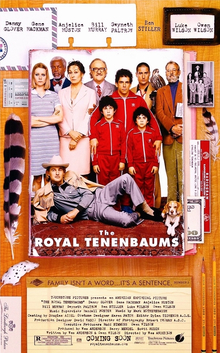
In the annals of cinematic history, few films capture the intricate dance of human emotion, societal constraint, and artistic vision with the profound elegance found in Todd Haynes’s 2015 masterpiece, *Carol*. This historical romantic drama, adapted from Patricia Highsmith’s groundbreaking 1952 novel *The Price of Salt*, offers more than just a poignant love story; it is a meticulously crafted artifact that illuminates the silent struggles and defiant desires of a bygone era. From its challenging, protracted journey through development hell to its exquisite realization on screen, *Carol* stands as a testament to perseverance, artistic integrity, and the enduring power of a narrative that dared to defy convention.
At its heart, the film unravels a forbidden affair between an aspiring female photographer, Therese Belivet, and an older woman, Carol Aird, navigating a difficult divorce, all set against the richly textured backdrop of 1950s New York City. Yet, to view *Carol* merely as a romance would be to overlook the layers of dedication, strategic foresight, and profound personal investment that brought it to life. This was a project that simmered for decades, an ambitious endeavor championed by creators who understood its radical potential and refused to compromise its nuanced truths.
We embark on an in-depth exploration of how this cinematic marvel came to fruition, peeling back the curtain on the creative and logistical battles fought to bring Highsmith’s resonant story to the big screen. Through the lens of its initial conception, the trials of its production, the visionary adaptations of its screenplay, and the meticulous crafting of its visual and performative elements, we uncover the story behind *Carol* – a narrative as compelling and complex as the film itself. Join us as we delve into the untold depths of its creation, revealing how every challenge ultimately forged a work of unparalleled beauty and significance.

1. **The Genesis of “Carol”: From Novel to Screenplay**The journey of *Carol* to the silver screen began with Patricia Highsmith’s 1952 semi-autobiographical romantic novel, *The Price of Salt*. Originally published under the pseudonym “Claire Morgan” by Coward-McCann, after Highsmith’s usual publisher, Harper & Brothers, rejected it, the book was a pioneering work in its frank depiction of a lesbian relationship. Highsmith herself, not confident that the novel could be made into a “satisfying” film due to its “intense, subjective point of view,” had initially suggested to Phyllis Nagy, a friend and playwright, that she adapt one of her other novels.
However, Nagy took on the challenge of adapting *The Price of Salt*, compelled by a “strange responsibility to take it, and to make sure that it wasn’t screwed up in some fundamental way, because she so disliked many of the screen adaptations of her work.” The novel, retitled *Carol* in 1990 when Highsmith agreed to republish it under her own name, was inspired by a real-life encounter in 1948. Highsmith, then a Christmas season salesgirl at Blooming’s in New York, met a blonde woman in a mink coat, Kathleen Wiggins Senn, an encounter that sparked an eight-page outline that same evening, which she developed into the novel by 1951.
The character of Therese Belivet was based on Highsmith herself, while Senn inspired Carol Aird. However, Carol’s template drew from Highsmith’s relationships with two former lovers, Philadelphia socialite Virginia Kent Catherwood and psychoanalyst Kathryn Hamill Cohen. Notably, Catherwood’s story included losing custody of her daughter in a high-profile divorce that involved secret tape recordings of her and her female lover, a detail that foreshadows a crucial plot point in the film. This deeply personal and covert origin story set the stage for a narrative steeped in authenticity and quiet rebellion.
Read more about: Unveiling ‘Carol’: A Journey Through the Vision, Craft, and Enduring Heart of a Cinematic Masterpiece
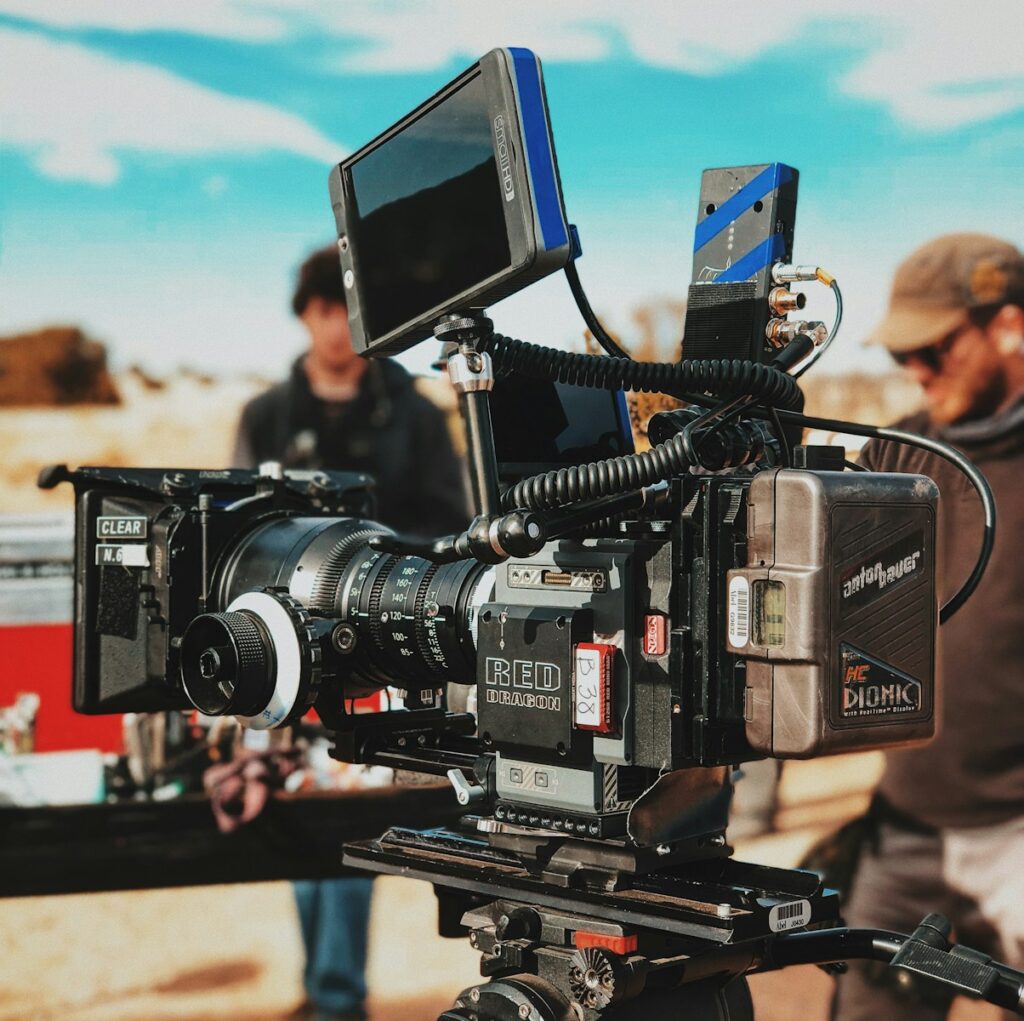
2. **Navigating “Development Hell”: A Decades-Long Struggle**Despite its compelling source material, the adaptation of *Carol* faced a formidable, decade-plus struggle to reach production, a period often referred to as “development hell.” London-based producer Dorothy Berwin initially acquired the rights in 1996 and enlisted Phyllis Nagy to write the screenplay, with the first draft completed in 1997. However, the path forward was fraught with obstacles, primarily concerning financing, rights, scheduling conflicts, and general industry trepidation.
Nagy and Berwin discovered that the characters’ homouality was not the primary barrier to securing investors; rather, “Having two women leads was the issue.” In a 2015 reflection, Berwin highlighted that “As a project it came together with Cate Blanchett. You needed to always start with her role,” underscoring the challenge of selling a female-led, gay-themed film in the late 1990s and early 2000s. British company Film4 Productions and its then-chief executive Tessa Ross played a crucial role, financing development and keeping the project alive through numerous revisions under various directors and investors, including Hettie MacDonald, Kenneth Branagh, Kimberly Peirce, John Maybury, and Stephen Frears.
This prolonged delay was a direct consequence of struggles with funding and, critically, the prevailing attitudes towards a film with a gay theme and two female leads. Nagy observed that during this period, “there was a very different kind of lesbian or gay movie that got financed. They were very agenda or issue driven, and this was not. In fact it insists on not being that in order to make the point. I would talk about that with financiers, and I could see them glaze over.” The project stalled completely at various points, demonstrating the industry’s reluctance to embrace narratives that diverged from conventional, often “issue-driven,” portrayals of LGBTQ+ lives.

3. **Phyllis Nagy’s Vision: Adapting the “Intense, Subjective” Novel**Phyllis Nagy’s screenplay was a masterclass in faithful yet inventive adaptation, grappling with the novel’s “intense, subjective point of view” which made it, in Highsmith’s own words, challenging for film. Nagy felt a deep responsibility to the source material, ensuring it wasn’t “screwed up in some fundamental way” given Highsmith’s dislike for many adaptations of her work. Her approach prioritized authenticity to the early 1950s, emphasizing a “different protocol then, a different etiquette, a different way people related to each other physically,” while rejecting suggestions that Carol or Therese “should feel guilty about being gay and suffer some kind of breakdown scene about it.”
A key element of Nagy’s radical fidelity was maintaining Highsmith’s “lack of psychologizing about Carol and Therese’s ual attraction, and ultimately their love.” She refused to corrupt this with “dramatic narrative clichés about guilt concerning one’s sexuality or the like,” ensuring the film celebrated their connection without apologies or imposed psychological torment. Nagy also set the adaptation several years later than the novel, aligning it with “the dawn of the Eisenhower administration and the rise of HUAC,” adding a subtle layer of historical context to the societal pressures depicted.
To overcome the challenge of the novel’s subjective, limited third-person viewpoint, Nagy strategically split the point of view, shifting perspectives from Therese to Carol. This allowed the audience to experience the story from “the more vulnerable party.” She also ingeniously made Therese a photographer instead of a set designer, enabling her character “to be seen moving from objects to people,” a choice that mirrored Highsmith’s own detached yet observant nature. Nagy drew from her personal knowledge of Highsmith for Therese, capturing the author’s ability to “step outside of life and comment on it before participating in it,” while for Carol, she found inspiration in Grace Kelly’s character in *Rear Window* (1954), inventing a rich inner life for a character largely seen through Therese’s eyes in the novel. The goal was to “focus on the nature of what it’s like to fall in love from two points of view” and show the characters “just behaving … not inhabiting positions.”
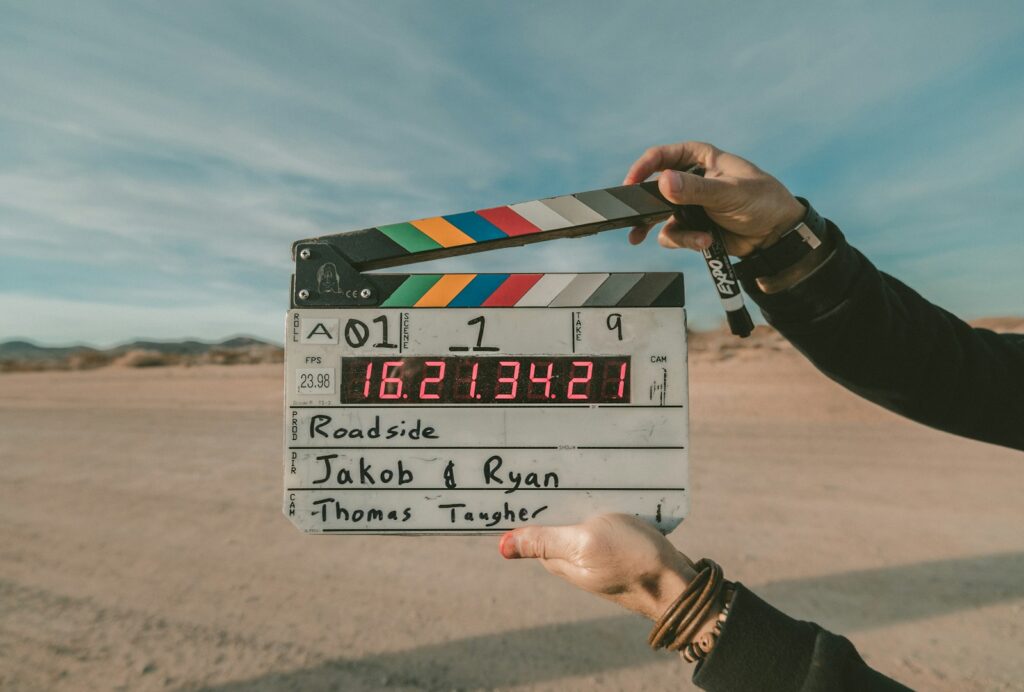
4. **Todd Haynes’ Artistic Hand: Directing with Subtlety and Restraint**Todd Haynes’ involvement in *Carol* was a pivotal moment, injecting the project with a director whose artistic sensibilities perfectly aligned with Nagy’s vision. Having heard about the film in 2012 from costume designer Sandy Powell, Haynes was approached in 2013 by his frequent collaborator Christine Vachon, who became a producer. Two days after receiving the screenplay, Haynes committed, drawn to the story, its historical and social context, and the prospect of collaborating again with Cate Blanchett.
Haynes brought a profound understanding of the film’s subtextual nature. He and Nagy realized they were “going for something almost entirely subtextual, and that it required bravery and a resistance to over-explication.” This shared interest in restraint was crucial. Haynes himself described the story as linking “that hothouse mentality of the desiring subject … to that of the criminal subject, in that both are these over-productive minds that are conjuring narratives constantly … this crazy state of this furtive hyperactivity in the mind.” He collaborated closely with Blanchett on a dramaturgical level, further honing the nuanced performances that would define the film.
His approach was deeply influenced by the 1945 classic film *Brief Encounter*, proposing a similar framing device which Nagy then developed. Haynes was keen to ensure that the film would not be “an agenda film” or a “look how far we’ve come” film, emphasizing the universality of love’s determining question: “will this person return her love or not?” He also worked closely with his creative departments, including costume designer Sandy Powell and cinematographer Edward Lachman, to ensure a cohesive visual language. Haynes’ “super visual, super prepared” method involved creating a “look book of images” that guided the film’s aesthetic, a meticulousness that allowed for the profound subtlety that captivated critics and audiences alike.

5. **The Art of Casting: Assembling the Iconic Ensemble**The casting process for *Carol* was as eventful as its development, marked by both long-standing commitments and last-minute changes that ultimately resulted in one of the most celebrated ensembles of 2015. Cate Blanchett, who served as an executive producer through her company Dirty Films, had been involved with the project for “a long time,” her star power essential in securing interest for the ambitious film. Her commitment was a linchpin, and her collaboration with Haynes on the script’s dramaturgical elements was vital.
Rooney Mara’s journey to the role of Therese Belivet was more circuitous. She had initially been offered the part after her 2011 film *The Girl With the Dragon Tattoo* but declined due to exhaustion and lack of confidence. However, by the time Todd Haynes came on board in 2013, Mara found herself “in a much different head space,” and signing on became “a no-brainer.” Her eventual casting, replacing Mia Wasikowska due to a scheduling conflict, proved serendipitous, creating an onscreen chemistry with Blanchett that was widely lauded as electrifying.
The supporting cast further enriched the film’s tapestry. Sarah Paulson was cast as Abby Gerhard, Carol’s former lover and close friend, bringing depth to a character who understands the world Carol inhabits. Kyle Chandler took on the challenging role of Harge Aird, Carol’s estranged husband, portraying the societal pressures and personal pain that fuel their contentious divorce. Jake Lacy joined as Richard Semco, Therese’s well-meaning but ultimately incompatible boyfriend, and John Magaro as Dannie McElroy, a common friend. This carefully assembled cast, under Haynes’s nuanced direction, brought an authentic humanity to a story that resonated deeply with audiences, portraying individual struggles within a restrictive social framework.
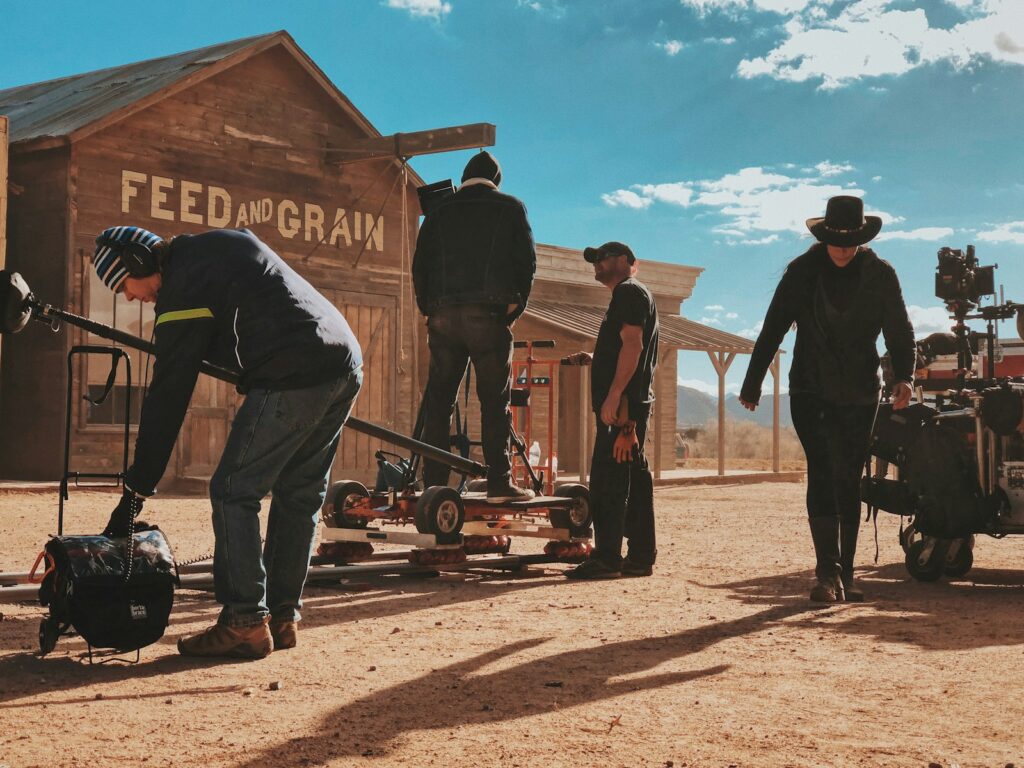
6. **Crafting the 1950s Aesthetic: Cinematography and Production Design**The visual aesthetic of *Carol* is arguably as central to its storytelling as its narrative, meticulously designed to transport audiences directly into the emotionally charged, often muted world of 1950s New York. Cinematographer Edward Lachman, a frequent collaborator with Todd Haynes, shot *Carol* on Super 16 mm film using 35 mm format lenses. This choice of film stock was crucial, lending the film a “specific, slightly spoiled palette” and a textural richness that evoked the era without resorting to mere nostalgia. It captured a “dirty and sagging” New York, far from idealized.
Haynes’s visual influences were diverse and specific, drawing from the postwar color photography of Ruth Orkin, Esther Bubley, Helen Levitt, and Vivian Maier, alongside the abstract photography of Saul Leiter. These references provided a visual vocabulary for depicting the intimate, often clandestine, moments of life and desire in the mid-century. Costume designer Sandy Powell further contributed to this immersive experience, working closely with Haynes, who she described as “super visual, super prepared,” providing extensive “look book” images as a starting point. This collaborative spirit ensured a cohesive visual identity, where every detail contributed to the film’s authenticity and emotional resonance.
Practical production logistics also played a significant role in crafting this authentic 1950s environment. Initially, filming in New York City proved cost-prohibitive, and finding locations that still resembled the early 1950s was difficult. Producer Elizabeth Karlsen, recalling a previous film made in Cincinnati, Ohio, discovered that the city had changed little over the decades and offered excellent film tax incentives. Thus, Cincinnati became the stand-in for 1950s New York, with locations like Eden Park, Downtown Cincinnati, Hyde Park, and a now-defunct department store (which served as Frankenberg’s department store) providing the perfect backdrop. This strategic decision allowed for a fully immersive historical setting, where the visual details were as much a character as Carol and Therese themselves, creating a palpable sense of time and place that underscored the narrative’s emotional weight. After 34 days of principal photography, the meticulous crafting of the film continued into seven months of post-production in New York, where visual effects were used subtly to remove modern elements from backgrounds and a digital intermediate process refined the distinctive color palette, ensuring every frame contributed to the film’s evocative atmosphere.” , “_words_section1”: “1997
7. **Motherhood in ‘Carol’: A Radical Reckoning with Societal Expectations**At its emotional core, *Carol* courageously confronts the theme of motherhood, exposing the harsh realities and impossible choices faced by non-heteroual mothers in the rigid societal landscape of the 1950s. Carol Aird’s profound struggle to reconcile her blossoming love for Therese with her unwavering devotion to her daughter, Rindy, forms one of the film’s most poignant narrative threads. Society, through the lens of a punitive legal system, weaponizes her sexual orientation, rendering her “unfit” to be a mother and jeopardizing her maternal role.
This formidable challenge forces Carol into a devastating dilemma: to live authentically as herself or to conform to societal norms to retain full custody of her child. Cate Blanchett, in her insightful portrayal, articulated that Carol’s decision is not about garnering sympathy, but rather about “her own survival.” It is a stark illustration of the brutal pressure placed upon individuals whose identities diverged from the accepted paradigm, forcing them to navigate a world where genuine selfhood often meant profound personal sacrifice.
Academic perspectives further illuminate this poignant theme. Scholar Jenny M. James observes that the novel’s romantic fantasy “relies on Carol’s loss of maternal custody and the subsequent erasure of her experience as a queer mother.” This critical insight underscores how deeply ingrained societal prejudices were, dictating that a mother’s uality could, and often did, negate her right to raise her child. *Carol* therefore serves as a powerful commentary, challenging traditional notions of motherhood by depicting the agonizing choices necessitated by a homophobic world.
The film unflinchingly presents the impossibility of Carol’s love for both Rindy and Therese coexisting within the constraints of her era. Her ultimate concession—allowing Harge full custody in exchange for regular visits—is a heartbreaking testament to the systemic injustices faced by lesbian mothers. This theme resonates deeply, revealing the profound social and personal costs exacted when love dares to defy convention, making Carol’s journey a vital exploration of identity, sacrifice, and survival.
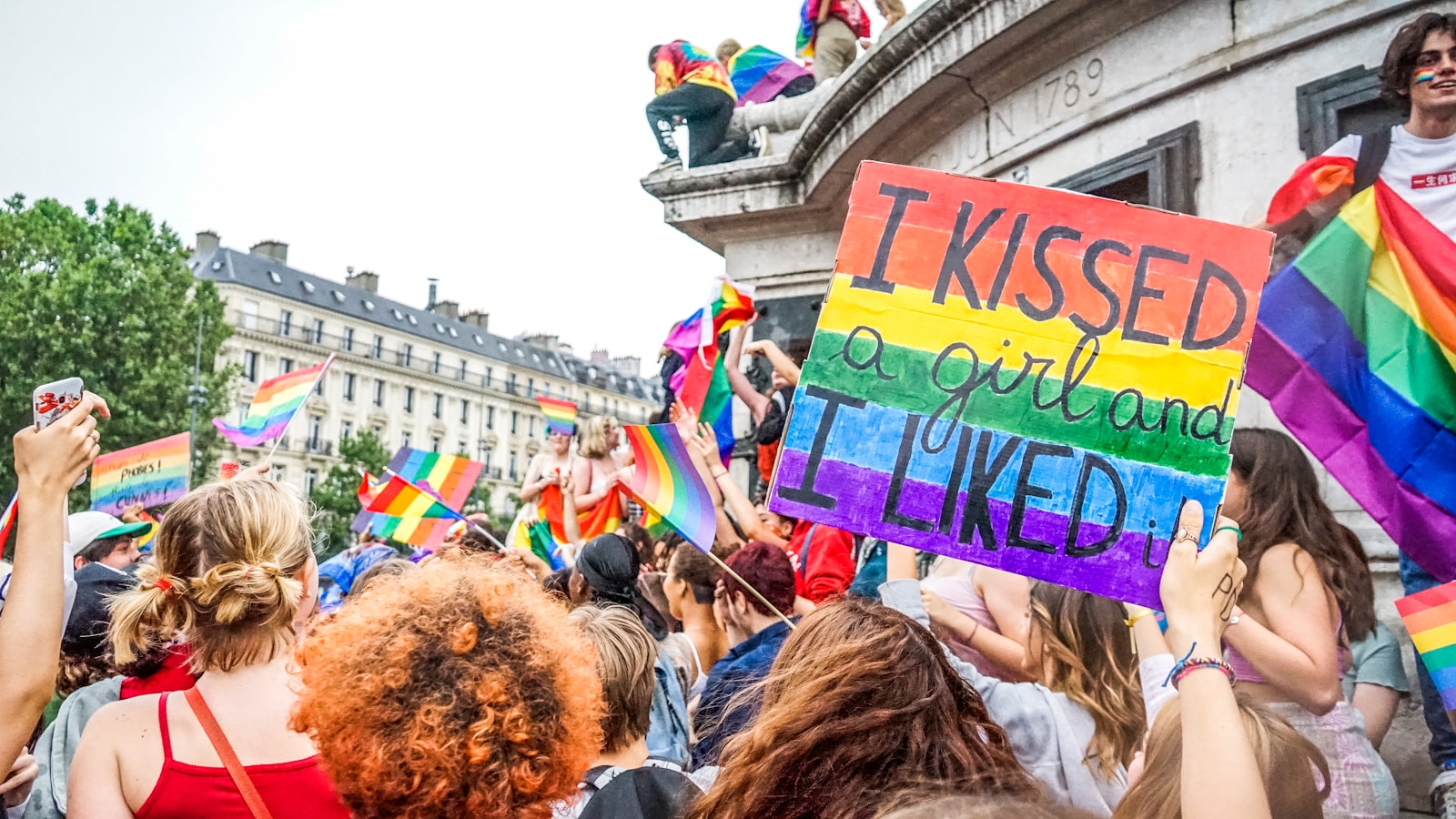
8. **The Hidden World: ‘Carol’s’ Candid Portrayal of Lesbian Identity in the 1950s**Beyond the intimate drama of a burgeoning love, *Carol* profoundly delves into the intricate complexities of lesbian identity in an era defined by stringent societal condemnation. The 1950s New York setting is not merely a backdrop but an active participant in the narrative, amplifying the struggles of homoual women whose relationships were considered forbidden and, in many contexts, illegal. The film meticulously captures the tension inherent in Carol and Therese’s clandestine affair, illustrating the pervasive need for secrecy and the constant threat of exposure.
Crucially, *Carol* eschews the reductive, often stereotypical portrayals of lesbian characters prevalent in earlier cinematic representations. As the context notes, it deliberately avoids “the stereotypical butch lesbians or the y lesbians or…the background character.” Instead, Todd Haynes crafts a narrative focused on a “genuine connection between two women without male interference,” a rare and refreshing departure that allows for a nuanced exploration of their emotional and sexual awakening. This authenticity is a cornerstone of the film’s groundbreaking impact.
The emphasis on “prohibition and secrecy” permeates every aspect of their interaction, creating a palpable sense of unspoken longing and guarded affection. Their relationship “looks repressed,” a visual manifestation of the social codes dictating acceptable public behavior. Therese is subtly, yet firmly, taught by Carol how to maintain discretion, highlighting the necessity for individuals to adopt “closeted public behaviours” as a survival mechanism in a society steeped in homophobia. This quiet code of conduct, though stifling, underscores the courage required to forge such connections.
A powerful motif explored is the idea of escape, particularly through the road trip undertaken by Carol and Therese. They seek liberation from the oppressive social strictures of their everyday lives in New Jersey and New York, yearning for the “wide-open spaces of the West.” Yet, this pursuit of freedom proves illusory. The presence of the private investigator, Tommy Tucker, serves as a constant, chilling reminder that their lives, their love, and their identities remain under surveillance. The perceived openness of the road ironically leads to “hypervisibility” and “alternate iterations of the closet,” demonstrating the inescapable reach of societal judgment.
The film also acts as a crucial historical document, reminding audiences that during the period in which *The Price of Salt* was written and *Carol* is set, lesbian relationships were literally “viewed as illegal.” This context elevates the film beyond a simple romance, transforming it into a poignant commentary on criminalization, defiance, and the enduring human spirit that seeks love and authenticity despite monumental risks. *Carol* thus paints a vivid, unvarnished portrait of a hidden world, revealing its dangers and its profound beauty.
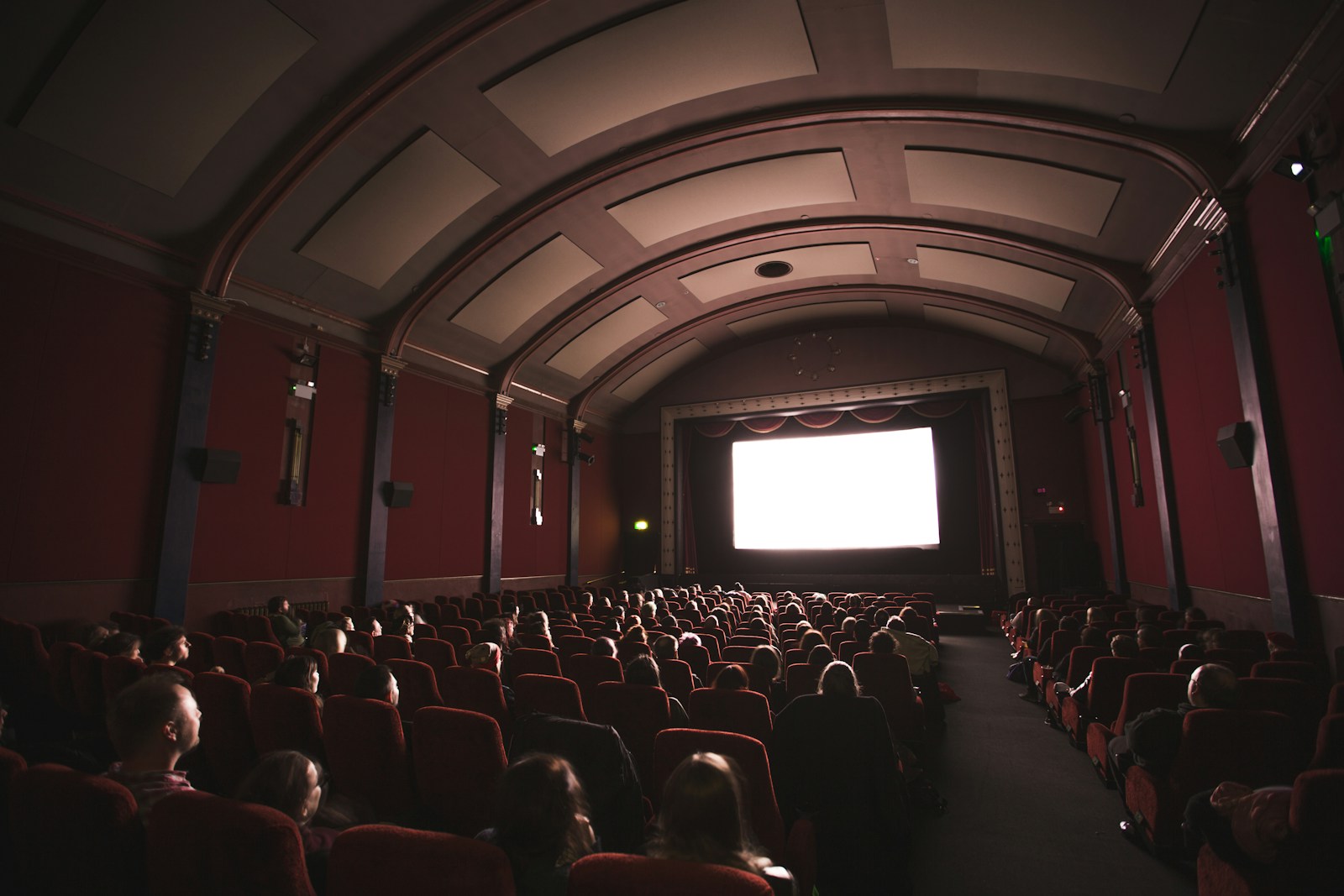
9. **Beyond the Frame: ‘Carol’s’ Resounding Critical Acclaim and Festival Triumphs**From its electrifying premiere at the 2015 Cannes Film Festival, *Carol* announced itself as a cinematic force, garnering a remarkable ten-minute standing ovation that reverberated through the industry. Critics were immediate and effusive in their praise, universally hailing Todd Haynes’ masterful direction, the exquisite performances of Cate Blanchett and Rooney Mara, and the film’s impeccable cinematography, costumes, and musical score. It was instantly positioned as a major contender for Cannes’ most prestigious awards, setting the stage for a triumphant awards season.
The film’s critical reception solidified its status as one of the year’s most celebrated works. On Rotten Tomatoes, it achieved an outstanding 94% rating based on 320 critics, with an average score of 8.60/10. The consensus lauded Haynes’ “deft direction” and the powerful performances, asserting that *Carol* “lives up to its groundbreaking source material.” This widespread approval also led to its recognition as the “best-reviewed romance film of 2015” in the Golden Tomato Awards, a testament to its compelling narrative and artistic execution.
Metacritic echoed this universal acclaim, assigning *Carol* a stellar score of 94 out of 100 based on 45 reviews, marking it as a “Metacritic ‘Must-See’ movie” and ultimately crowning it “the best-reviewed film of 2015.” Such unanimous praise from diverse critical voices underscored the film’s profound impact and its ability to captivate with its blend of artistic vision and emotional depth.
Leading critics articulated the film’s distinct qualities with eloquence. Kate Stables of *Sight & Sound* highlighted its “elegant restraint,” noting that “each shot and scene is carefully composed to pay homage to 50s cinema, yet infused with an emotional ambiguity which feels decidedly contemporary.” Kenneth Turan of the *Los Angeles Times* described it as “a serious melodrama about the geometry of desire, a dreamy example of heightened reality that fully engages emotions despite the exact calculations with which it’s been made.” He added that *Carol*’s “lush but controlled visual look is completely intoxicating. This is filmmaking done by masters, an experience to savor.”
A. O. Scott of *The New York Times* lauded *Carol* as “at once ardent and analytical, cerebral and swooning,” calling it “a study in human magnetism, in the physics and optics of eros.” He further characterized it as “a symphony of angles and glances, of colors and shadows,” a profound observation that captures the film’s nuanced visual storytelling. Amy Taubin from *Film Comment* praised Phyllis Nagy’s “precisely chiseled” narrative and emphasized that the film “seems to exist entirely in the present moment—to be precise, in that electric, elastic, heart-stopping/heart-racing present of romantic desire.” She concluded that it “could not exist without the extraordinary performances of Blanchett and Mara,” underscoring the vital chemistry that brought the story to life. David Stratton of *The Australian* encapsulated the initial meeting of Carol and Therese as “an electrifying scene; their eyes make contact, and nothing of significance is said, apart from the usual interaction between shopper and shop assistant, but Haynes and his wonderful actors make it very clear that something momentous has occurred—love at first sight.” These critical insights underscore the sophisticated narrative and emotional power that *Carol* masterfully achieved.
10. **A Box Office Story: Commercial Success Amidst Artistic Ambition**Despite the “development hell” and industry trepidation that plagued its early stages, *Carol* ultimately proved to be a resounding commercial success, translating its artistic triumphs into impressive box office numbers. Against a modest budget of $11.8 million, the film grossed over $42 million worldwide, a testament to its broad appeal and critical momentum. This financial achievement was particularly significant for a film with a gay theme and two female leads, demonstrating that compelling storytelling can indeed find a wide audience.
The film’s North American release was strategically managed through a platform approach, beginning with a limited release on November 20, 2015. It opened in just four theaters – the Paris and Angelika Theater in New York, and the ArcLight Hollywood and Landmark Theatre in Los Angeles – generating significant buzz. This initial strategy paid off handsomely, with *Carol* grossing $253,510 in its opening weekend, marking the best opening for any of Todd Haynes’s films. Its per-theater average of $63,378 was the third-largest of 2015, showcasing intense demand and audience interest.
The staggered release continued to build momentum. In its second weekend, the film maintained a “robust” average of $50,769 per location, leading to a cumulative total of $588,355 after nine days. By its fourth weekend, *Carol* expanded to 16 theaters, and by Christmas Day, it was playing in 180 locations, gradually reaching over 520 by early January 2016. This patient, calculated expansion allowed the film to organically grow its audience, culminating in a wide release on January 15, 2016, and reaching $5 million in the U.S. by its seventh weekend.
Internationally, *Carol* also performed strongly. In the United Kingdom, it earned £540,632 ($812,000) in its opening weekend from 206 screens, securing a spot in the top ten films. By April 2016, its UK gross reached $4.0 million, contributing significantly to its global total. The film’s ability to transcend its niche origins and achieve mainstream financial success further solidified its standing as a cinematic landmark, proving that profound, character-driven narratives can thrive both critically and commercially.
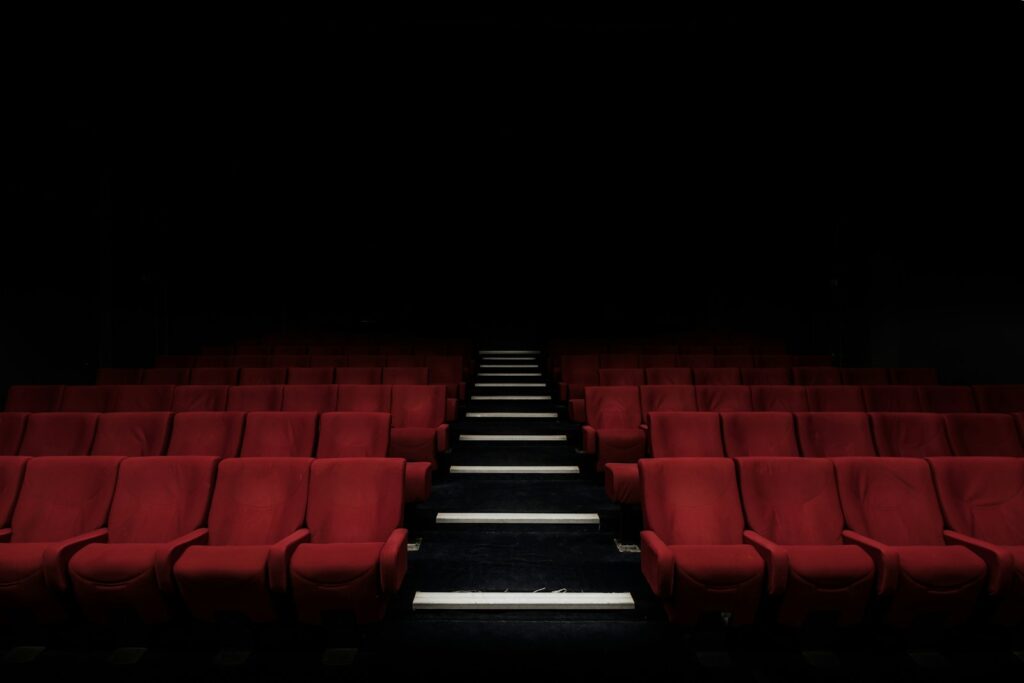
11. **Navigating the Mainstream: Global Release and the Power of ‘Carol’s’ Message**The journey of *Carol* from festival darling to global cinematic presence was marked by strategic decisions and, at times, navigating complex geopolitical landscapes, particularly concerning its sensitive themes. While its initial North American and UK releases were carefully orchestrated platform expansions, the film’s reception in other parts of the world underscored the enduring power, and sometimes controversy, of its message. The deliberate withholding of its release until 2015, following completion in late 2014, was a calculated move by producers to leverage film festival launches, maximizing its critical visibility before its widespread theatrical debut.
In December 2015, the film faced unique challenges with its release in Russia. Arthouse, the Russian distributor, acknowledged acquiring the rights was “a huge challenge because of the federal ‘gay propaganda’ law that victimizes the Russian LGBT community.” This legislation directly impacted the film’s potential reach, preventing it from being sold to major TV channels or advertised on federal networks, and even leading some cinemas to refuse to book it. Despite these formidable obstacles, Arthouse’s CEO shrewdly recognized that “the controversy…will help us market Carol to the right audience,” expressing belief that it would “appeal to the public way beyond the LGBT community.” This bold approach highlights the film’s inherent strength to spark dialogue, even in restrictive environments, and its capacity to resonate with diverse audiences drawn to compelling storytelling.
Beyond theatrical screenings, *Carol* demonstrated its lasting appeal in the burgeoning home media market. Made available for digital download in early March 2016, followed by DVD, Blu-ray, and video on demand releases, the film quickly became a popular choice for at-home viewing. In the United States, both its DVD and Blu-ray editions rapidly climbed to the top of pre-order sales charts, reaching number 7, and subsequently ranked number 18 in retail sales during their commercial release week. Similarly, in the United Kingdom, the DVD debuted at number 7 and the Blu-ray at number 12 in their respective “Top 100” sales.
By 2025, sales of the DVD and Blu-ray in the U.S. and Canada alone had amounted to $2.2 million, underscoring its continued commercial viability and sustained interest among cinephiles. Furthermore, its availability on premium cable channels like Showtime and streaming giants such as Netflix from 2016 and 2017 respectively, broadened its accessibility exponentially. These distribution channels ensured that *Carol*’s poignant narrative and artistic brilliance reached an ever-wider global audience, cementing its place in popular culture and continuing its impactful conversation about love, identity, and societal constraint.
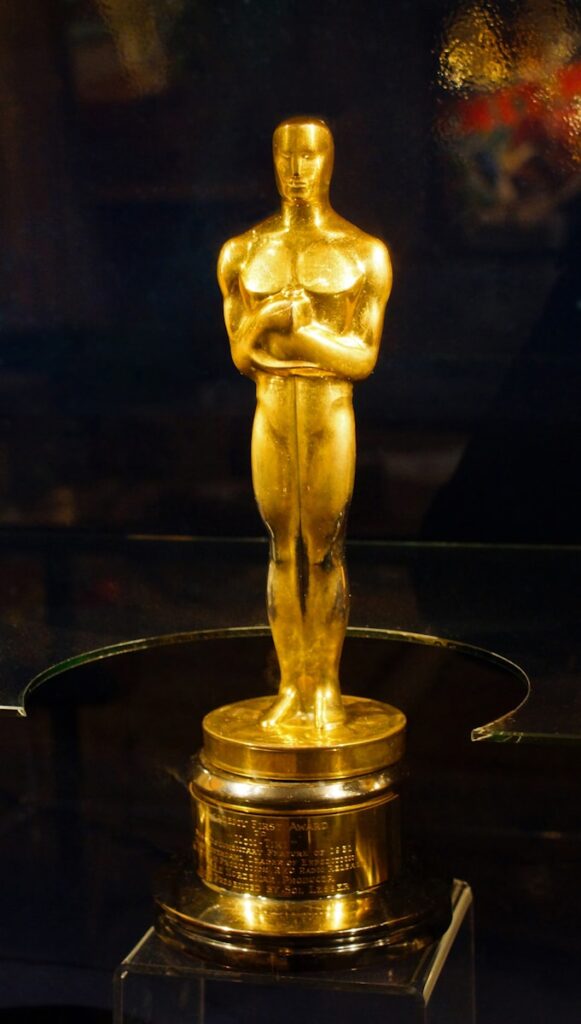
12. **A Legacy Etched in Film History: ‘Carol’s’ Enduring Cultural Impact**The profound artistry and compelling narrative of *Carol* have transcended its initial release, cementing its status as a seminal work in cinematic history and a vital cultural touchstone. Its numerous accolades, including six Academy Award nominations, nine BAFTA nominations, and five Golden Globe nominations, merely hint at the depth of its influence. It garnered prestigious awards from the New York Film Critics Circle, Los Angeles Film Critics Association, and National Society of Film Critics, underscoring its critical preeminence.
Perhaps the most powerful affirmation of *Carol*’s lasting legacy comes from its recognition as a transformative piece within LGBTQ+ cinema. The British Film Institute, a venerable authority on film, ranked *Carol* as “the best LGBTQ film of all time.” This extraordinary declaration is not merely a statistical placement but a profound acknowledgment of the film’s groundbreaking portrayal of a lesbian relationship with unparalleled nuance, dignity, and artistic integrity, free from the reductive tropes often seen in earlier works. It presented a love story that was universal in its emotion, yet specific in its challenges, thereby expanding the boundaries of representation.
Further solidifying its place in the pantheon of great films, *Carol* was also named one of the “greatest films of the 21st Century” by the BBC. This accolade positions the film not just within a specific genre or thematic category, but as a universally acclaimed masterpiece whose artistic merits and cultural significance are recognized across the broader spectrum of global cinema. Such a distinction speaks to its enduring aesthetic quality, its timeless emotional resonance, and its continued relevance to contemporary audiences.
The film’s impact extends beyond critical lists and awards; it resides in its ability to foster understanding, spark dialogue, and provide solace and recognition for individuals who have historically been marginalized on screen. By depicting Carol and Therese’s love with such elegant restraint and profound empathy, Todd Haynes and Phyllis Nagy crafted a narrative that is both a period piece and strikingly contemporary in its themes of identity, desire, and the courage to live authentically. *Carol* stands as a brilliant example of how cinema can illuminate the human condition, challenging viewers to confront societal biases while celebrating the enduring power of connection.
And so, *Carol* endures—not just as a beautifully shot period piece or a critically lauded drama, but as a tender, revolutionary testament to love’s transformative power against the tide of societal expectations. Its whispered glances, its stolen moments, and its defiant spirit have woven themselves into the fabric of cinema, reminding us that some stories, born from the deepest corners of the heart, resonate forever. It is a film that doesn’t just ask to be seen; it insists on being felt, long after the final frame fades.




